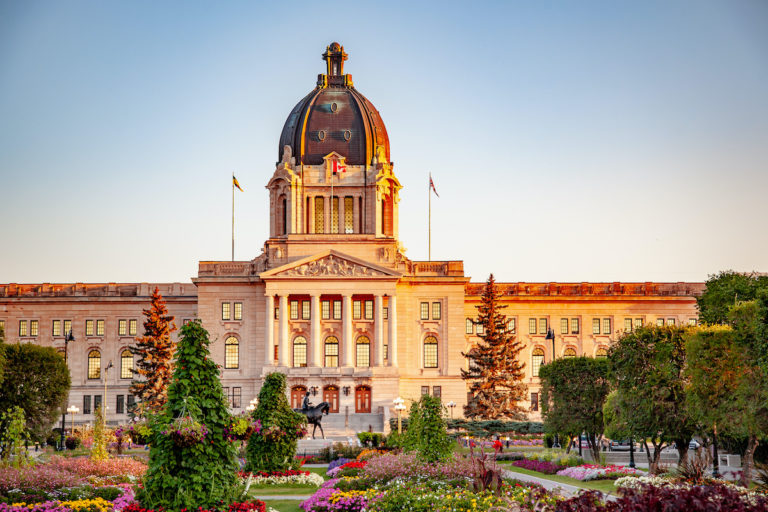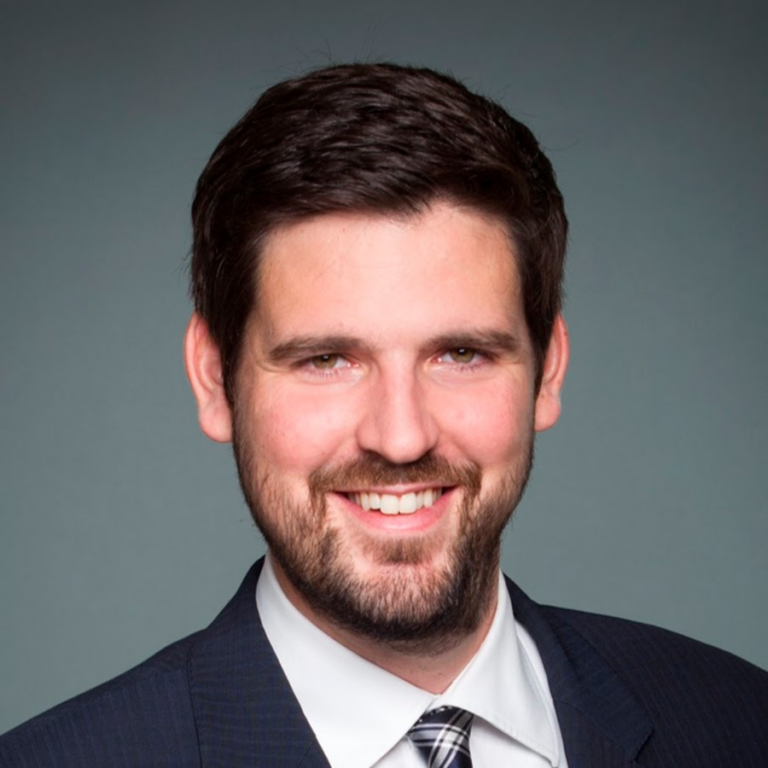We are recruiting long haul (HGV) drivers for a major employer in Canada. If you have a valid Class 1 license equivalent in your country, please submit your CV here.
Immigration Minister Marc Miller says Canada will hold its first occupation-targeted Express Entry draw for transport Canada jobs, including truck drivers, this week.
“As Canada grows its economy, we’re committed to improving transport and infrastructure to ensure the safe and efficient movement of goods and passengers across the country,” said Miller.
“Category-based selection helps us invite newcomers with experience in transport occupations to fill significant labour gaps and ensure the future success of the Canadian transport sector.
“I look forward to welcoming more skilled workers to our country, as their knowledge and expertise are invaluable, to meet our labour market needs.”
Details of this draw had yet to be announced on Monday but the immigration minister did state the draw would see commercial truck drivers, pilots and aircraft assembly workers sent Invitations to Apply (ITA).
Read More Canada Immigration News
Quebec Expression Of Interest Draws: Province Issues 2,433 Canada Immigration Invitations
CRS As Low As 300 In Alberta Express Entry Draw For Healthcare Workers
New Brunswick Express Entry Draws: Province Issues 259 Invitations to Apply
Under the changes announced by Immigration, Refugees and Citizenship Canada (IRCC) at the end of May, the Express Entry streams, including the Federal Skilled Worker (FSW) program, Federal Skilled Trades (FST) program and Canadian Experience Class (CEC), as well as parts of the Provincial Nominee Programs (PNP) are now more responsive to labour market needs and allow for occupation-targeted draws.
Candidates hoping to immigrate through Express Entry occupation-targeted draws need at least six months of continuous work experience in Canada or abroad within the past three years in one of these occupations to be eligible, experience that can have been gained while working in Canada as temporary foreign workers with a work permits or as an international student with a student visa.
Express Entry Transport Occupations
| Occupation | 2021 NOC code | 2021 TEER category |
| Aircraft assemblers and aircraft assembly inspectors | 93200 | 3 |
| Transport truck drivers | 73300 | 3 |
| Railway traffic controllers and marine traffic regulators | 72604 | 2 |
| Engineer officers, water transport | 72603 | 2 |
| Deck officers, water transport | 72602 | 2 |
| Air traffic controllers and related occupations | 72601 | 2 |
| Air pilots, flight engineers and flying instructors | 72600 | 2 |
| Aircraft mechanics and aircraft inspectors | 72404 | 2 |
| Railway carmen/women | 72403 | 2 |
| Managers in transportation | 70020 | 0 |
The changes to Canada’s immigration policies were put in place to help the country address labour shortages and support economic goals by inviting candidates with specific work experience or French language ability to apply for permanent residence.
Transport Minister Pablo Rodriguez says it is vital for Canada’s economic growth to keep goods flowing freely.
“The transportation sector is crucial to our economy and, if we want to keep things moving, we need to invest in the people that move travellers and transport our goods,” said Rodriguez.
Are you an employer looking to hire foreign workers in Canada? Immigration.ca can help through its sister company, skilledworker.com. We provide a comprehensive recruitment package to help you identify and hire the best individuals from abroad. Contact us now.
“With this new initiative, we are helping address a critical skills shortage while also attracting new, talented people to communities across Canada. Truck drivers, pilots, aviation mechanical engineers and seafarers play a critical role in our economy and Canadians’ lives. Filling vacancies in these professions will boost economic growth and create stronger and more resilient supply chains.”
With the arrival of occupation-targeted draws, the IRCC identified 82 occupations eligible for these new Express Entry draws.
If you are a candidate looking for a Canada job, or an employer looking to recruit foreign talent from abroad, immigration.ca can help. Access our expertise through our in-house recruitment enterprise skilledworker.com, “the leader in foreign recruitment”.
Canada first signalled its intention to start occupation-specific draws through Express Entry in June last year, when changes were made to the Immigration, Refugee and Protection Act to allow invitations based on occupations and other attributes, such as language ability.
Federal High-Skilled Draws Brought In Up To 40 Per Cent Of French-Speaking Immigrants
The majority of Canada’s provinces have been issuing occupation-specific invitations for several years.
Under the changes to the act, the immigration minister is required to consult provinces and territories, members of industry, unions, employers, workers, worker advocacy groups, settlement provider organizations, and immigration researchers and practitioners, before announcing new categories.
IRCC must also report to parliament each year on the categories that were chosen and the reason for the choices.
Video
Employment and Social Development Canada (ESDC) says the number of occupations facing shortages doubled between 2019 and 2021. From 2018 to 2022, federal high skilled admissions accounted for between 34 and 40 per cent of overall French-speaking admissions outside Quebec, which manages its own immigration intake.
Under the Canada–Quebec Accord, Quebec establishes its own immigration levels. From 2018 to 2022, admissions under the federal high-skilled programs accounted for 34 to 40 per cent of overall French-speaking admissions outside Quebec.
Are you ready to live and work in Canada? Fill out our free evaluation form to find out if you are eligible.
Become the right candidate with the job you always wanted with our online IELTS and EECP packages at skilledworker.com.
We are accepting international entrepreneurs to join our Start-Up Visa projects in Canada. Read more here.










